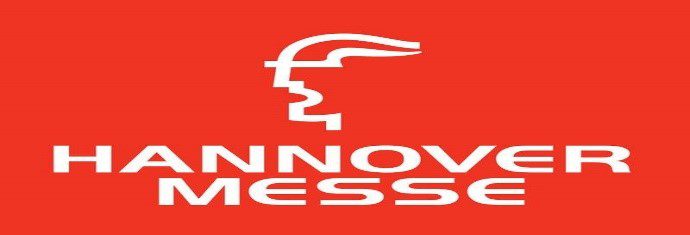Metal industry ‘needs boost’ to absorb more processed minerals. The country’s metal industry needs to improve in order to maximize the full potential of mining resources and, therefore, the government must introduce an integrated policy on the issue, a mining association has said.
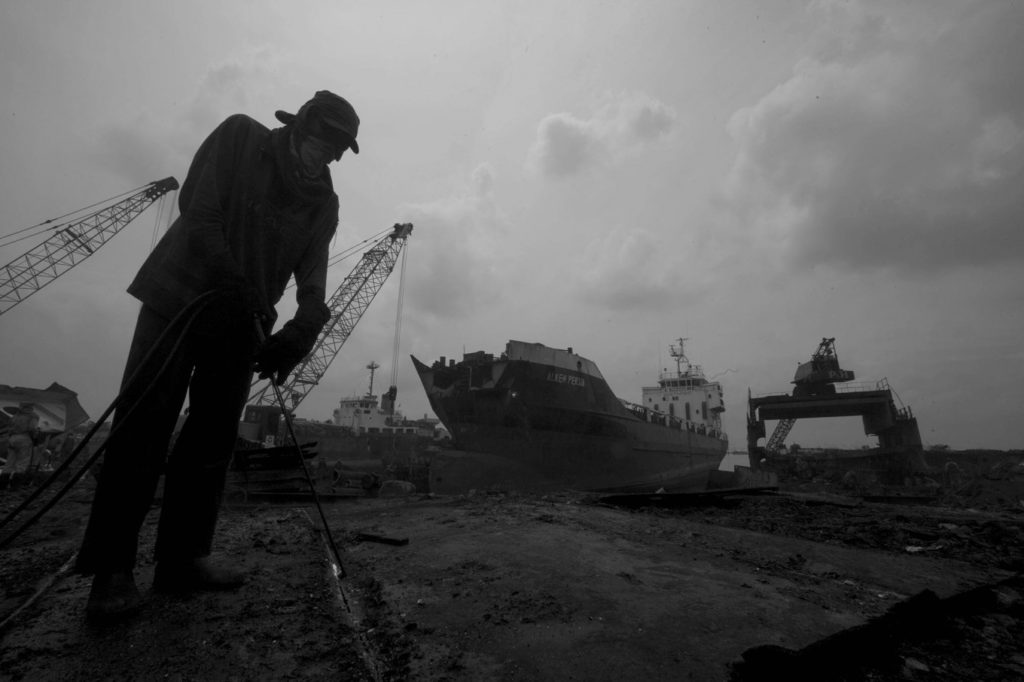
Djoko Widajatno, the executive director of the Indonesia Mining Association (IMA), said the nation’s metal industry had to improve to help absorb processed minerals.
“We’re waiting for the government to boost the metal industry [to get the full benefits of downstream efforts] after we have turned raw materials into half-processed minerals,” he said.
The IMA, the members of which contribute around 70 percent to the country’s mining nontax revenue, believes that the minerals will have the most value only after the commodities are processed further in the metal industry.
There are at least two examples of metal-based products the materials of which, the IMA claimed, are still imported because of a lack of local industry, namely metal syringes and cars.
Djoko’s statement was in line with Energy and Mineral Resources Ministry data, which underlines “the smelter’s products have yet to be absorbed fully by the downstream industry”.
“The [domestic] use of [smelter products] needs to be improved further, such as for electronics, nickel-based chemicals, pig iron and stainless steel,” the ministry’s director general for minerals and coal Bambang Gatot Ariyono said.
The problem of a lack of domestic industry that could absorb smelter products was previously raised by the country’s sole copper smelter company PT Smelting in Gresik, East Java.
The company stated last month it exported 60 percent of its output.
“In the domestic market, most of the copper cathode [the smelter product from copper] is used by the wire industry, followed by the cable industry, but not yet for the tubing industry,” Smelting’s senior manager for technical affairs Bouman T. Situmorang said.
Based on the company’s presentation, copper cathode demand in ASEAN for 2019 was estimated to stand at 1.2 million tons, with Indonesia’s demand to stand at 200,000 tons or 16.6 percent of demand.
Harjanto, director general of metal, machinery, transportation and electronics at the Industry Ministry, could not be reached for comment on Monday regarding the ministry’s effort to boost local industry and thus absorb more smelter products.
Budi Gunadi Sadikin, the president director of state mining holding company PT Indonesia Asahan Aluminium (Inalum), said at Monday’s hearing with legislators that the downstream effort in minerals and coal needed cheap energy.
“Downstreaming efforts need a high supply of electricity, such as for nickel smelters that require electricity prices of Rp13,000 [92 US cents] per kilowatt hours [kWh] to produce a ton of nickel economically,” he said.
Hence, Budi said he needed the government’s support to build more hydropower plants as he believed that it was the cheapest source of power, which could then help smelter products compete globally.
Besides criticizing the lack of domestic demand in absorbing smelter products, Djoko of the IMA said the country was also yet to tap into the potential of rare earth elements, some of which were used in space installations.
“Rare earth elements are important and strategic, which is now only utilized by developed countries. Meanwhile, our members have only been able to reach the phase of researching it,” he said.
There are at least 15 rare earth elements that have the potential to be absorbed by industry, such as yttrium for televisions and lanthanum for camera lenses, according to IMA data.
Regarding rare-earth elements, Budi of Inalum said the company had kicked off research in collaboration with a Chinese firm to identify the location of the resources and the size of the reserves.
“We are still calculating it and the result of the research has been sent to our lab. Once we have located the resources, we will start talking about the technology,” he said, adding 18 months from now the research will be completed and construction of the plant will start. Metal industry ‘needs boost’ to absorb more processed minerals (Stefanno Reinard Sulaiman, The Jakarta Post)


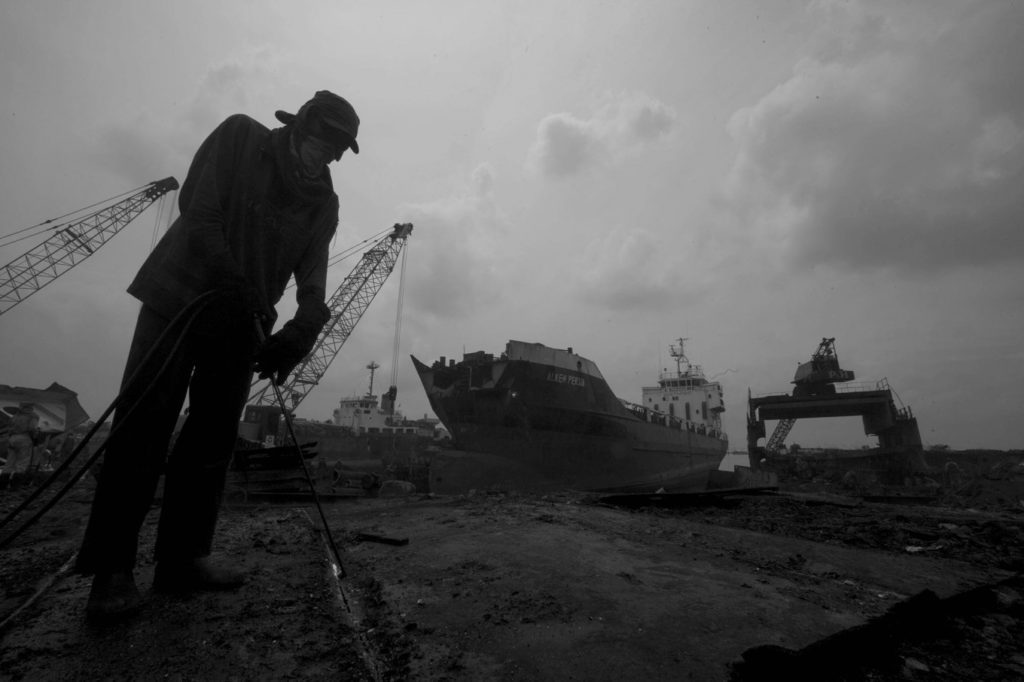
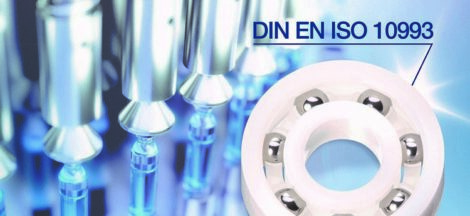

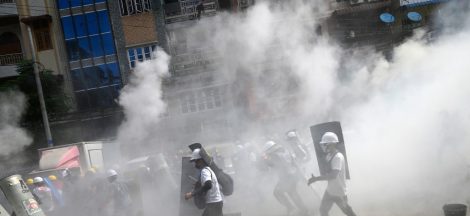
 Tampilan La Moda Italia Pukau Publik @Seoul, Giurkan Bisnis Fashion
Tampilan La Moda Italia Pukau Publik @Seoul, Giurkan Bisnis Fashion 